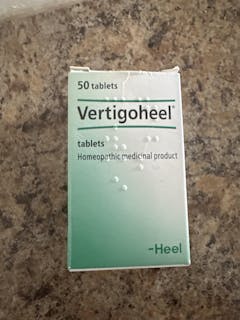STREPTOCID Powder 5g pack (Стрептоцид)
$2.49
19 products in stock Show extra info for delivery time
Description
-
Streptocid Powder – 5 g (1 Pack) 🩹🌿
Streptocid is a classic antibacterial powder used for the treatment of infected wounds, cuts, scratches, and skin inflammations. It contains sulfanilamide, which fights harmful bacteria and helps speed up the healing process.
-
Form: Topical powder 🌿
-
Pack size: 5 g sachet 📦
-
Helps with:
-
🩹 Minor wounds, cuts, and abrasions
-
🔥 Burns and skin irritations
-
🛡️ Preventing bacterial infections on damaged skin
-
-
How to use: Apply a thin layer of powder directly to the cleaned wound or affected area. Can also be sprinkled onto a sterile bandage before applying. Use 1–2 times daily or as directed by your doctor.
-
Important: ⚠️ For external use only. Do not apply to large skin areas. Avoid if allergic to sulfonamides.
-
Uses and Indications
Topical Application (Powder Form)
-
Primarily used for skin and mucous membrane infections, including:
-
Infected wounds
-
Burns (first and second degree)
-
Folliculitis, furuncles, carbuncles, erysipelas
-
Stomatitis, tonsillitis, and other purulent skin/mucosal lesions
-
-
Application methods include direct dusting onto wounds, mixing into gargles, or applying to the throat/tonsils with a swab
Veterinary Use
-
Used in animals to treat skin conditions like eczema, dermatitis, ulcers, and to prevent infection in wounds, sometimes combined with Xeroform for enhanced antiseptic effect
Dosage and Administration
-
Topical (Humans): Dust the affected area even with the powder, apply 1–3 times daily. For throat issues, methods include dusting tonsils, dissolving 2 g in warm water to gargle, or letting the powder dissolve in the mouth (e.g., mixed with honey)
-
Veterinary: Varies by species (e.g., 5–10 g for horses/cattle; 0.5–2 g for small livestock; 0.5–1 g for dogs) applied topically
Safety, Contraindications & Side Effects
-
Allergic Reactions: May cause urticaria or dermatitis; discontinue use if a reaction occurs
-
Toxicity: If applied over a large body area, can be systemically absorbed—potentially leading to nausea, headaches, diarrhea, cyanosis, etc.
-
Contraindications include anemia, porphyria, G6PD deficiency, severe renal or hepatic impairment, and hypersensitivity to sulfonamides





